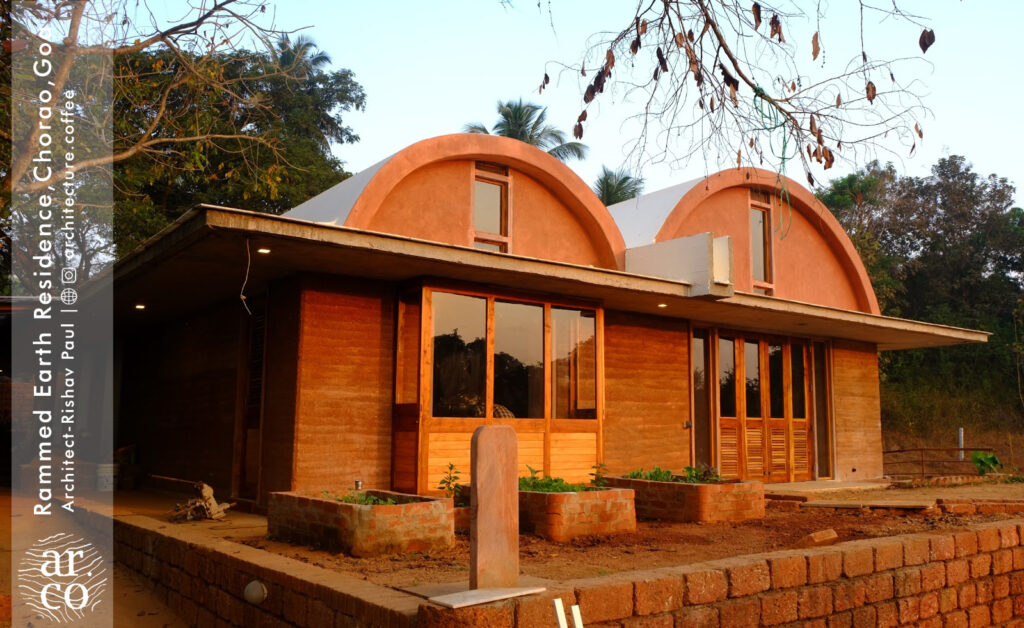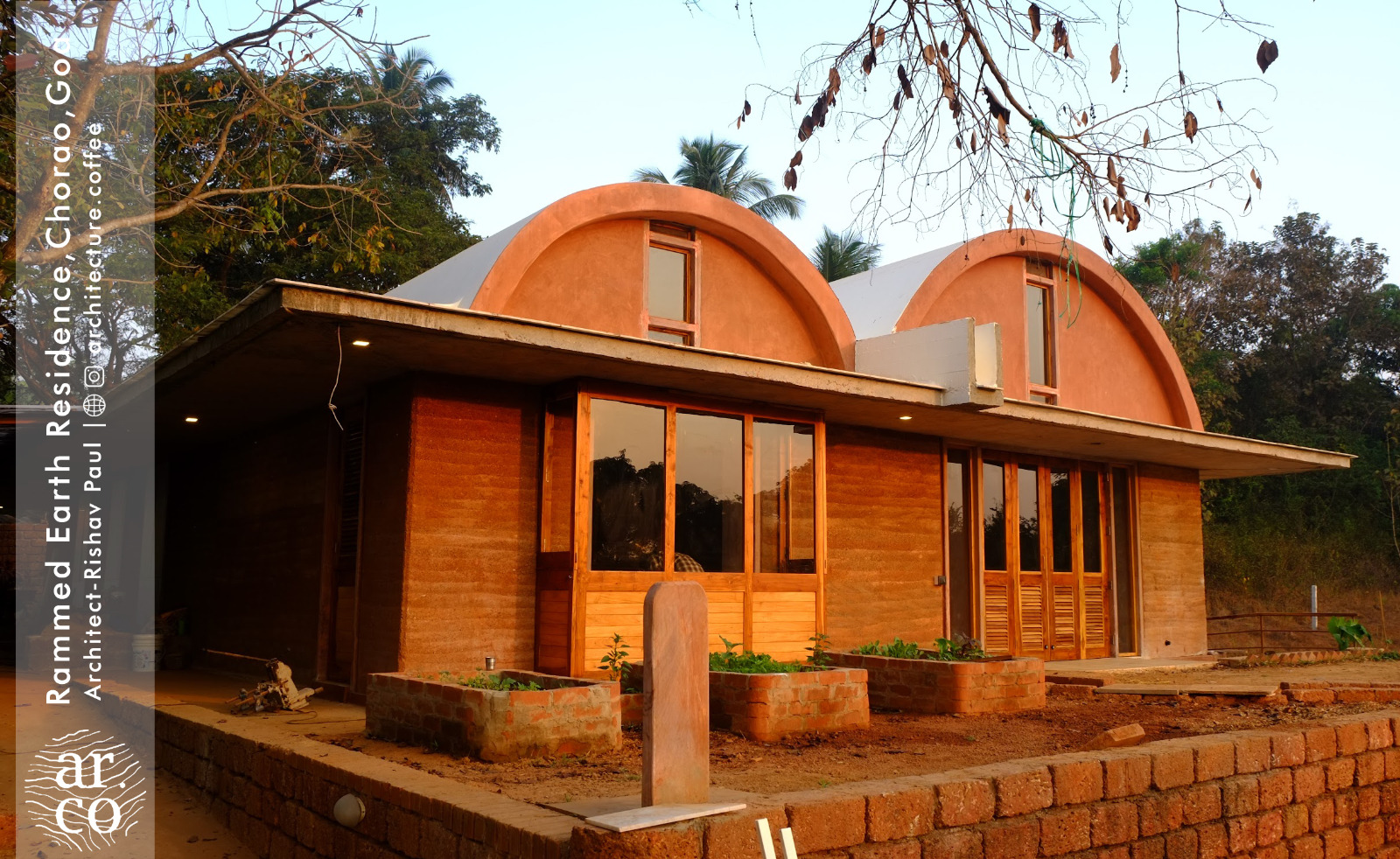
In the realm of architecture, Rishav Paul stands out not only for his innovative use of materials but also for his dedication to environmentally conscious design. With a background in architecture and a focus on sustainable practices, Rishav’s journey from traditional mud construction to advanced urban design is both inspiring and instructive. This article delves into his personal background, the reasons behind his material choices, his studio’s unique location, innovative techniques, standout projects, client collaborations, influences, and advice for aspiring architects.
Personal Background and the Use of Mud
Rishav Paul’s architectural journey began with a Bachelor’s degree from the School of Planning and Architecture, New Delhi, in 2011. His career path led him through various projects, and his growing interest in environmentally conscious design eventually guided him to pursue a Master’s in Urban Design (MUD) at the Goa College of Architecture.
Rishav’s initial fascination with mud as a building material originated in Ladakh. There, he discovered mud’s versatility and its extensive use in local construction. This experience ignited his passion for using traditional, locally available resources in architecture. His commitment to sustainable design is evident in his firm, Studio ARCO, which he founded in 2016.
Studio ARCO focuses on creating projects that harmonize with their surroundings. Rishav believes that time ultimately judges good architecture and that natural materials age beautifully. Although he does not oppose concrete, he advocates for its judicious use to craft enduring, thoughtful spaces. His work emphasizes craftsmanship and ecological responsiveness, using materials such as rammed earth, Compressed Stabilized Earth Blocks (CSEB), adobe, and lime plaster.
Location and Studio: Why Chorao, Goa?
Rishav Paul’s architectural studio is situated in Chorao, Goa—a location that profoundly influences his work. Chorao, with its rich history and charming environment, offers an ideal backdrop for Rishav’s architectural practice. The village’s cultural and historical significance deeply resonates with his approach to ‘design abhyas,’ or the practice of architecture.
The journey to Chorao involves a ferry ride across the Mandovi River, which is more than just a commute. For Rishav, this crossing symbolizes the commitment of his clients to his unconventional approach. It serves as a litmus test, reflecting their willingness to engage with a practice that values collaboration and shared vision.
Rishav’s choice of Chorao also carries personal significance. His first project in Goa was for his future wife. As they worked together on designing her home in Chorao, their professional relationship blossomed into a personal one. The amusing twist came when, instead of settling the fee, they jokingly agreed that marriage might be a better arrangement. This anecdote underscores the deep connection Rishav has with both his work and his chosen location, blending personal and professional experiences in a unique way.
Innovative Techniques & Future Projects
Innovation is at the heart of Rishav’s practice. He constantly seeks to incorporate new elements into his projects, driven by a passion for craft and patina. Currently, he is exploring catenary arches and vaults using the Nubian method. This innovative approach reflects his commitment to pushing the boundaries of traditional design.
Project Highlights: Challenging and Rewarding Work
Among Rishav’s diverse projects, certain ones stand out due to their unique challenges and rewards.
Zangsti Public Toilet (2019)
The Zangsti Public Toilet, funded by the EU, is a prime example of Rishav’s thoughtful integration of functionality, cultural sensitivity, and environmental resilience. Located near heritage structures with a view of the Leh Palace, the design harmonizes with its historical context. The layout includes toilet blocks and a central café/lobby, which provides revenue for maintenance and enhances the perception of public facilities. To address Ladakh’s extreme temperatures, the building features solar walls, natural stone cladding, and a floating roof for thermal efficiency. Insulated double walls and advanced plumbing ensure the facility remains operational during harsh winters.
Pal Hotel Leh (2021)
Another standout project is the Pal Ladakh Hotel. Designed to be both a landmark and a seamless addition to Ladakh’s textures and colors, the hotel features an exposed CSEB façade and granite lines to create a visual illusion of height. With 19 rooms, the hotel incorporates solar passive heating, trombe walls, and double-glazed windows for warmth retention. The interiors, with materials like mud plaster, Multani mitti putty, and local wood, offer earthy and inviting spaces. Large windows frame stunning views of the town and the Himalayas.
Collaborating with Clients: Ensuring Alignment with Sustainable Design
Rishav emphasizes the importance of collaboration in aligning clients’ visions with sustainable design principles. For example, in the “Salmon House” project for Monica and Salil, open communication and shared values were crucial. The design features exposed load-bearing rammed earth walls and brick vaulting for the roof, reflecting both the clients’ desires and sustainable practices.
Inspiration and Influence
Rishav’s work is profoundly influenced by figures such as Peter Zumthor, Bijoy Jain, and Sandeep Bogadhi, a friend and senior from SPA Delhi. Bogadhi, who practices in Ladakh, has been a significant source of inspiration with his mantra: “Good architecture is a slow process.” Additionally, Rishav’s seven years in Ladakh have deeply impacted his architectural approach.
Advice for Aspiring Architects
For those entering the field of architecture, Rishav’s advice is to deeply understand the materials and techniques of their region. This knowledge offers invaluable lessons and insights that can shape their practice profoundly.
Conclusion
Rishav Paul’s architectural journey is a testament to his dedication to sustainable design and innovative practices. His use of traditional materials like mud, combined with cutting-edge techniques, creates spaces that are both functional and harmonious with their environment. Through his studio in Chorao and projects in diverse locations, Rishav continues to explore and redefine the boundaries of architecture, demonstrating a profound commitment to both his craft and the world around him.


